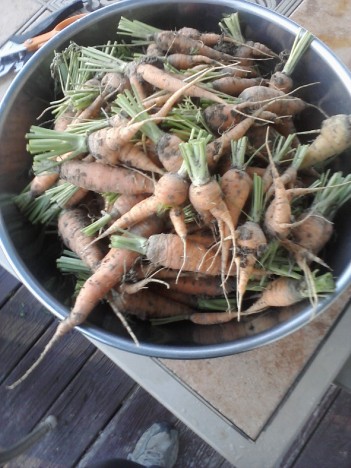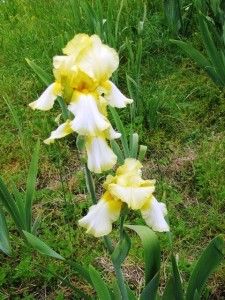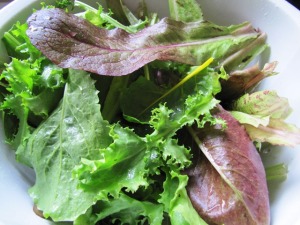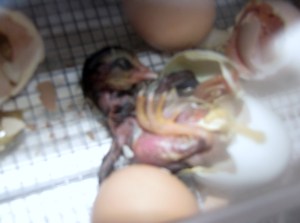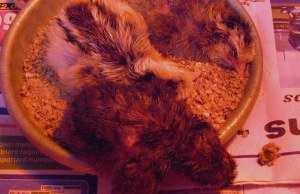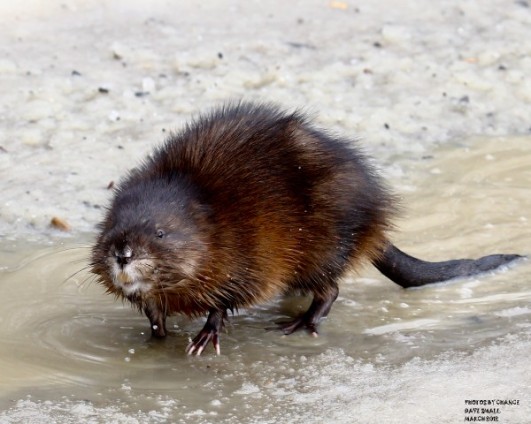It has not been a good year in my garden. It seems that everything that could go wrong has and I keep waiting for the other shoe to drop.
Blight in the tomatoes and potatoes, destructive bugs making a feast of plants and weeds as tall as my knees hiding everything else. All the lettuces have bolted and the carrots rotted. The spinach never did make a decent appearance.
The garden gate got left open and the chickens discovered all of my beautiful, nearly ripe tomatoes. They had a feast and left nothing for us. As hard as the blight hit my plants, I don’t think we’ll have a tomato crop this year. So disappointing and frustrating. I reached the point this weekend when I seriously considered just mowing the whole damn thing and calling it done for the season.
But, I didn’t. There are still some plants out there that are producing well. The beans…oh, the beans, they are growing and producing like mad.
The bell pepper plants are looking gorgeous, thick and leafy and healthy and green. Only problem…no damn peppers and the blooms that did come in all fell off. But, we’ve had very, very hot weather and pepper plants are persnickety, so maybe they’ll start producing when it cools off a bit. Cucumbers are offering up more cukes than I can use and the eggplant, watermelon, canteloupe, butternut and sweet dumpling squash all have a few babies growing.
The garden this year may not be as much as a success as I’d hoped, at least I’m getting something out of it!
I have got to figure out a better weed control program. The grass and weeds flourish nearly overnight and I can’t keep up, no matter how much time I spend yanking them out. I pull one weed and 25 more take it’s place. It’s never ending and impossibly overwhelming. I piled about 6-8 inches of straw around all the plants and the only thing the straw did was make it harder to pull weeds without also pulling up a handful of straw. Ugh. Last year I layered newspaper under the straw and that seemed to work to keep the weeds manageable, but, I wondered if all those layers of newspaper in the garden contributed to the dryness of the soil in an already ultra-dry summer, so I didn’t do it this year. And boy, am I ever paying for it!




